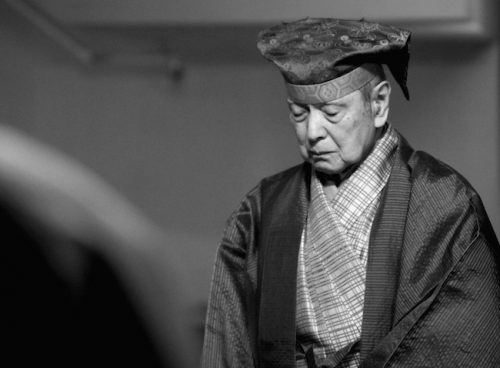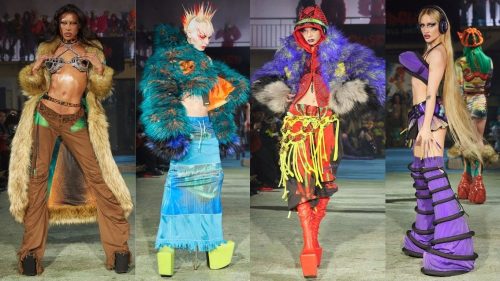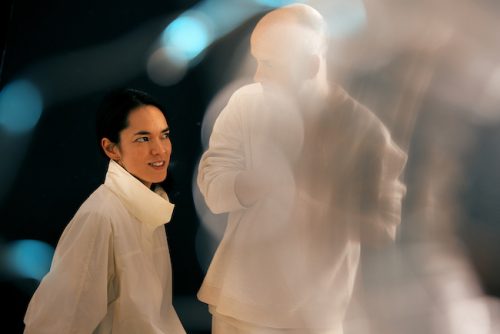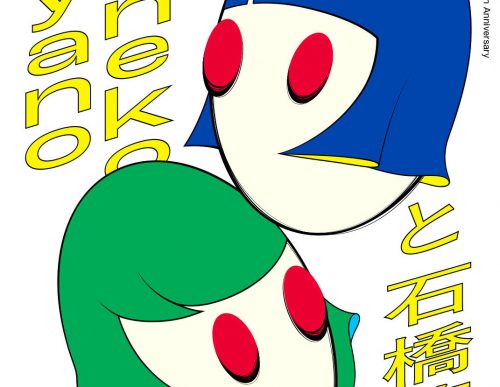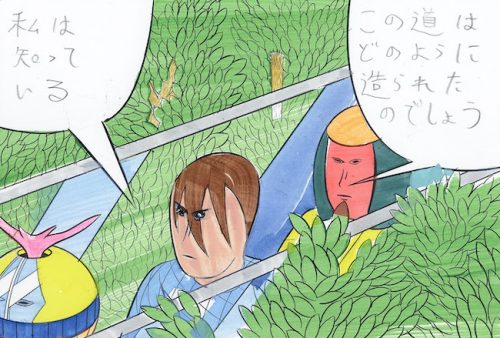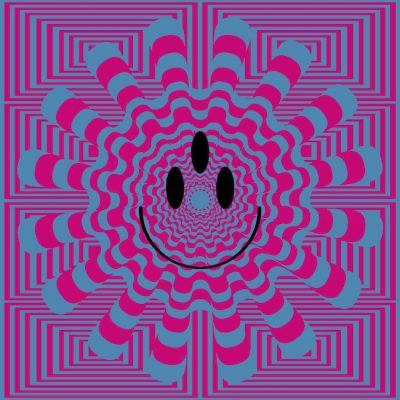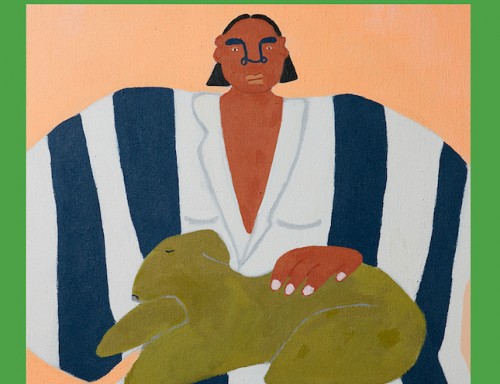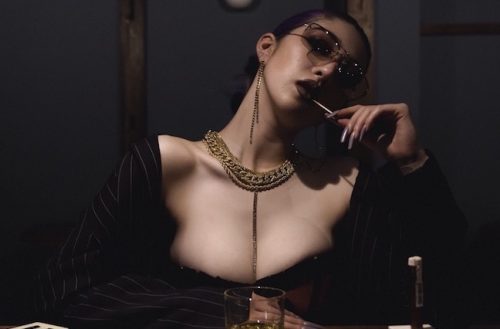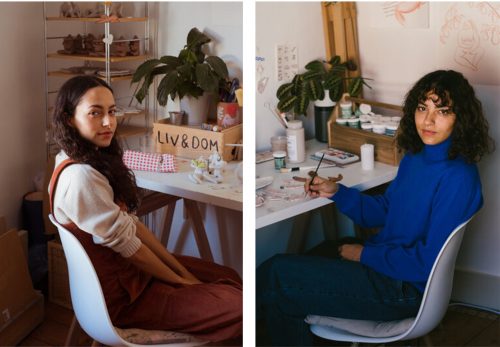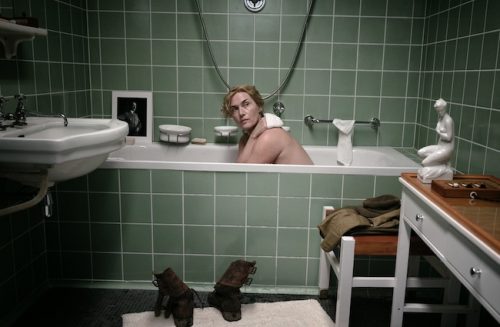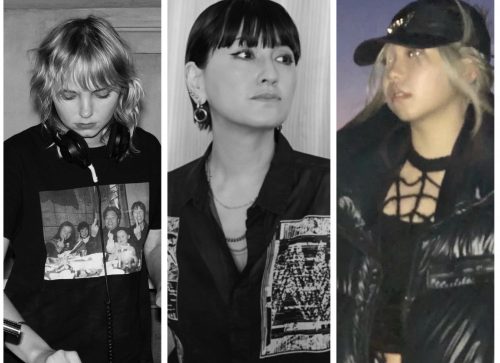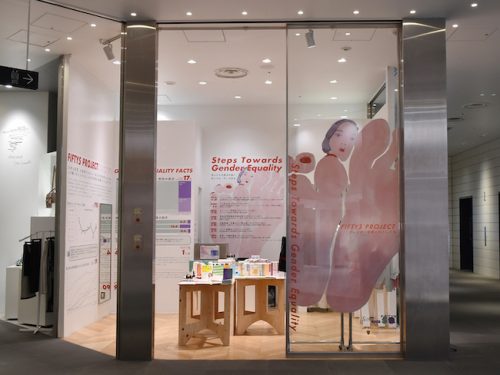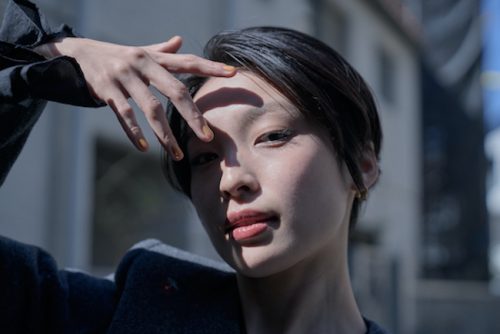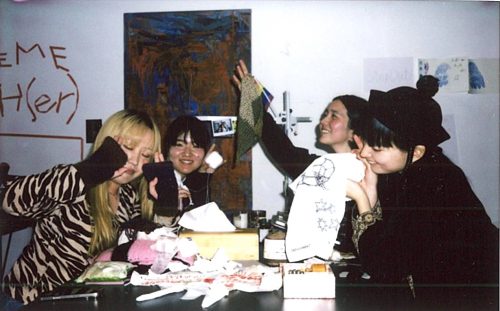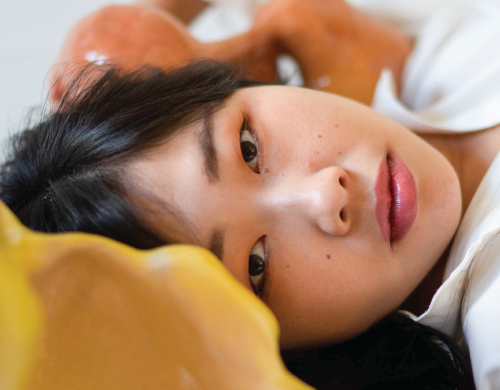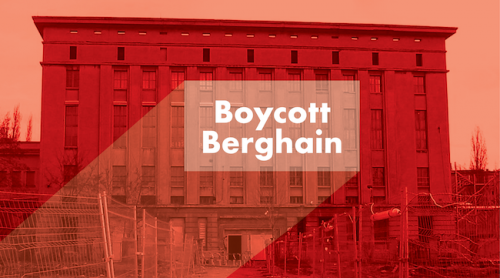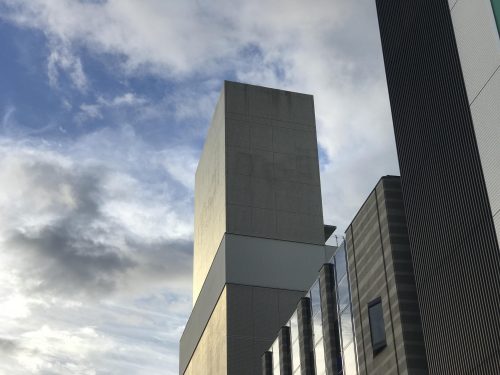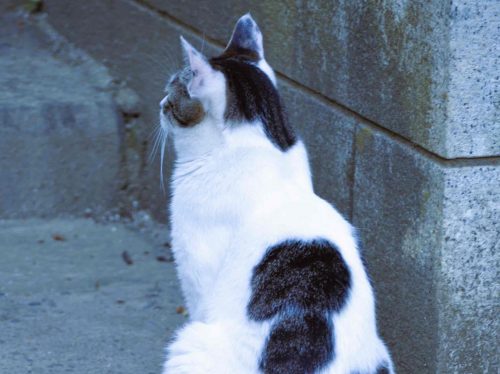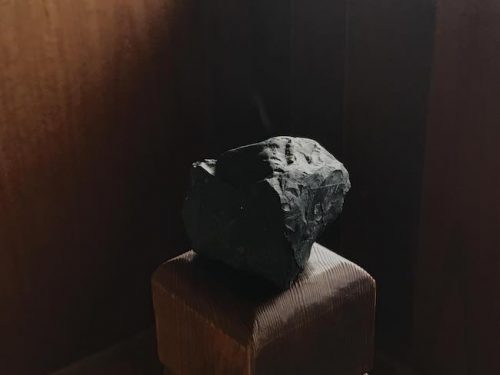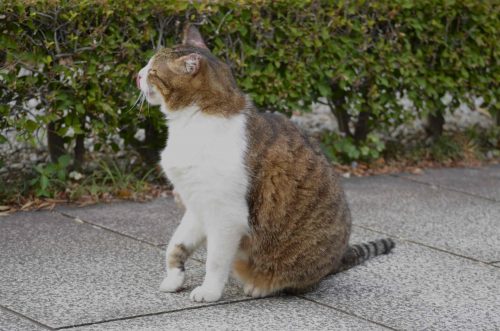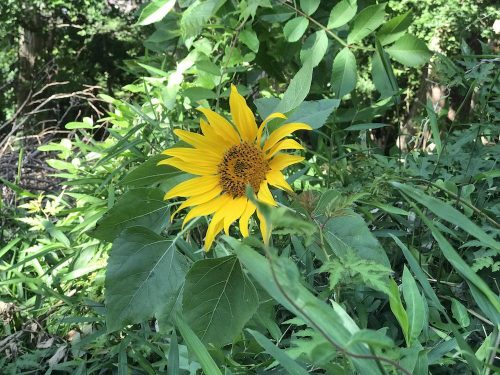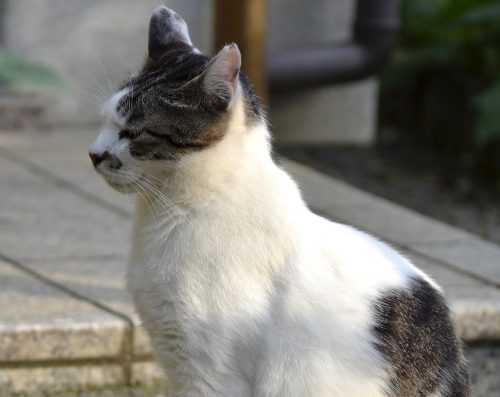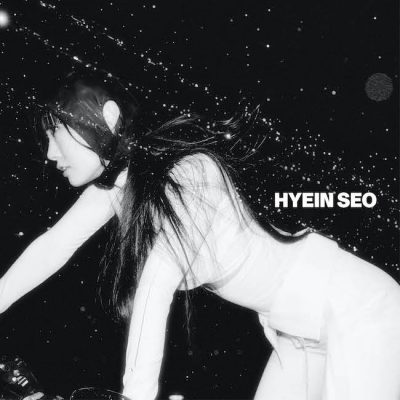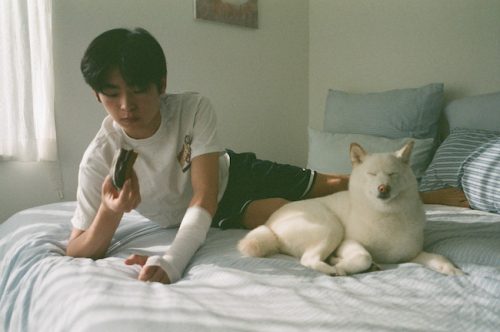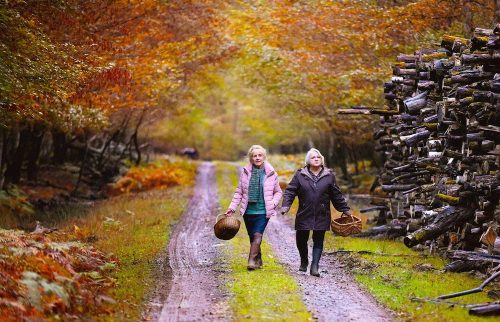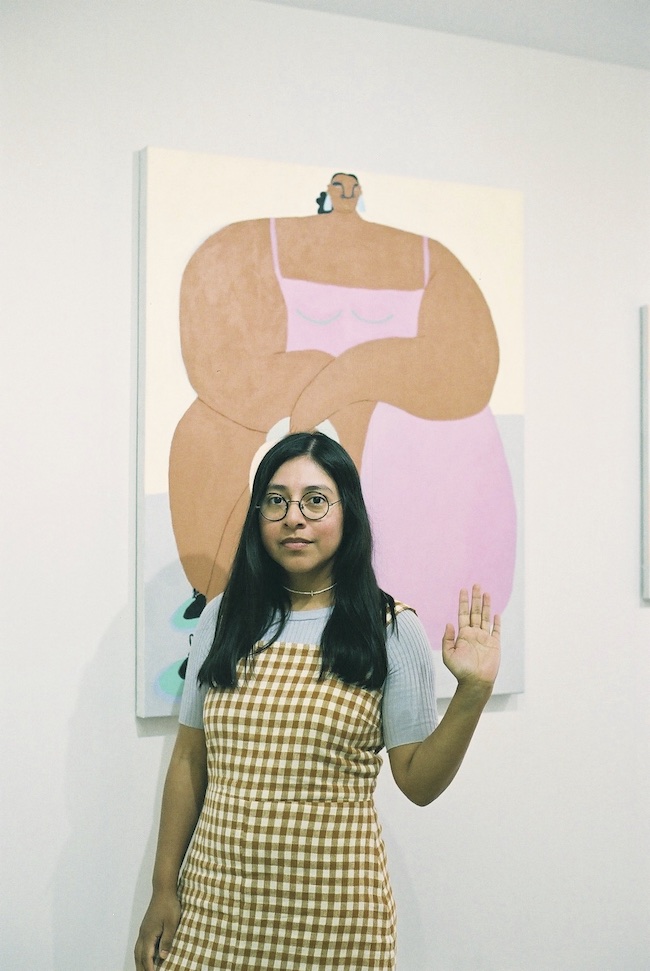
――I heard that you are based in Los Angeles. Where are you from originally?
Lilian Martinez: “I was born in Chicago. My parents are Mexican and all my siblings were born in Mexico. So I’m the first one in my immediate family to be born in the United States. I stayed in Chicago pretty long, went to college there at the School of the Art Institute. And after that I stuck around, kind of working odd jobs. I studied photography so I did some weird photo jobs trying to figure out what I wanted to do.”
――So you studied photography not painting or drawing?
Lilian: “Yeah. I think that was the easiest thing for me to sort of wrap my mind around. It was like the first thing that interested me, and I think it was because I always had this desire to make images. And that seemed like the most accessible thing, I felt like I could learn how to do it. Because I didn’t really draw, and I didn’t know about art really. It wasn’t introduced to me as a child.”
――I see.
Lilian: “It almost felt like if you are an artist, I feel like this ordained thing like, there is a born artist. You don’t learn how to become an artist you just are an artist. I didn’t really know what the process was. I studied photography and that was like the first thing that really interested me. So I went to college for that. And it was really tough for me because I felt like I could never capture exactly how wanted it to be. There were always some details I wanted to change, but the only way to change it would be to photoshop it or to make a set or something, and it really didn’t feel right. And then, when I moved to LA, maybe like four years ago, I started painting. It’s been pretty recent.”
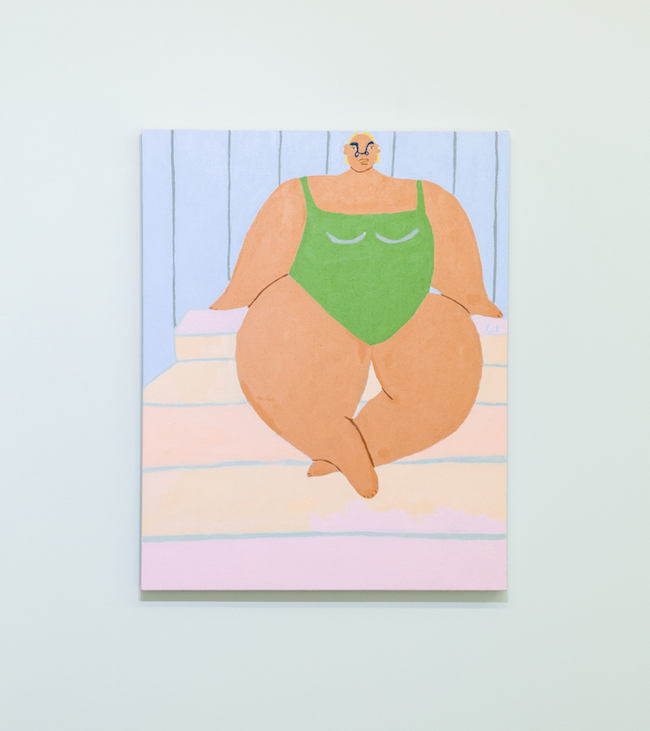
――What brought you to LA?
Lilian: “My husband, Daniel was working a lot there, so whenever he would go I would go with him. And it’s just fun to try something new. We were actually going to pursuit photo more, because I wasn’t drawing or anything at the time. But then, we got there and it didn’t feel right, so I just started drawing.”
――When did you start bfgf?
Lilian: “I started bfgf when I was in Chicago.”
――So you started it before you started painting?
Lilian: “Yeah. At first, I really wanted to work with more tactile objects, because I had been doing photography for so long. So I wanted stuff you can touch or use, not just flat digital on a screen. And actually I wanted to print my own fabrics and make book bags and clothes and stuff. But it wasn’t as easy to print fabric back then, I feel like. So I was really experimenting with block printing or screen printing and finding fabrics that I really love. And I was actually sewing a lot. I was making bags and tops and purses.”
――Can you sew, too?
Lilian: “Well, I’m not like the best sewer but yeah, I can do it [laughs.] But it was really hard because sewing was so labor-intensive. I was spending so much time, but I wasn’t making enough money. And I felt like so much time was invested in actually producing the pieces as oppose to designing them. So then, maybe like a year or so before we moved to LA, I started drawing digitally more. And my friend was like ‘you should try making these woven blankets.’ At first I was like, yeah that would be amazing. I didn’t know there is a place you could make it. So I did it. Now I’ve just been really working with them.”
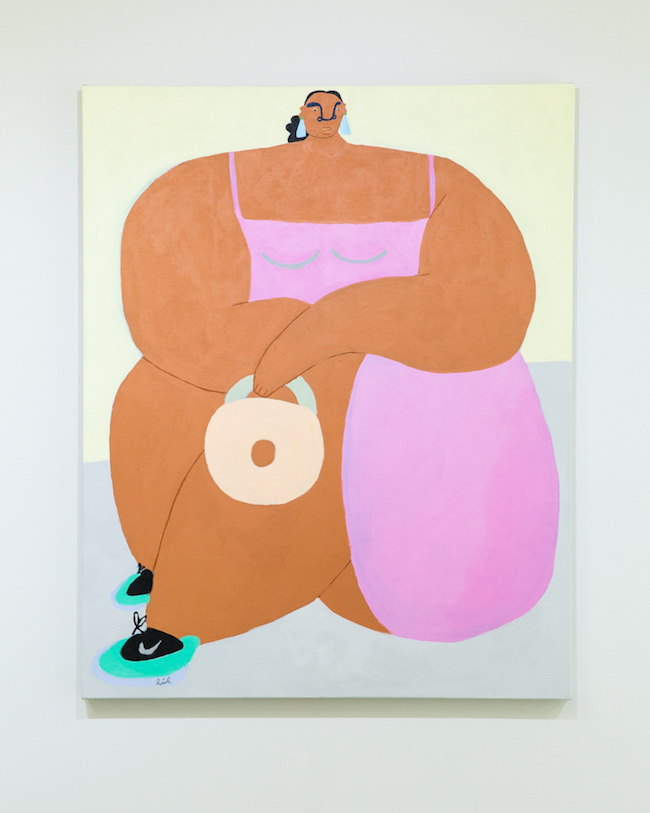
――I love how you put the 90’s pop icons with vase and sculptures in your design for woven blankets.
Lilian: “I think a lot of the 90’s stuff is from me just growing up in the 90’s, and also being the second generation immigrant experience. You are just taking everything you like, and sort of incorporate into this. All of the stuff my parents have taught me, but then also what I’m learning from TV and from school. And I feel like it’s just really like a remix of things that still resonate with me from my childhood mixed with things that I’m really interested in now, like architecture and art. So it’s kind of like this combination of everything that’s important and that I think is beautiful. And I feel really lucky that people connect with it. I feel like it’s probably a lot of people that are my age that are adults now, but that grew up with the same stuff and had a lot of the same interests maybe.”
――How do you select the products that you want to make with your art?
Lilian: “I want the stuff that you can use, but that’s still going to look beautiful, and still going to make you happy to have in your home, but you are going to be able to use it everyday. Like the blankets, you can take it on a picnic or you can hang it on your wall like a large piece of work. If you bought a painting that big that would be super expensive, so it’s like a really more accessible way to introduce art and beauty into your everyday life. I feel like that’s really important for me to have. In my life, it makes me happier, so I hope that I can bring that to other people.”
――This is my first time to see your paintings, and I love them so much. I feel like I want to live in this world!
Lilian: “Yeah, me too! I think that’s why I make it. A lot of women tell me ‘oh, I wish I lived in this world,’ and I feel the same way. I feel like I’m really trying to create a world that’s beautiful and peaceful and perfect for women, especially women of color. Because I feel like I don’t see that in reality. There is always something weird, you know?”
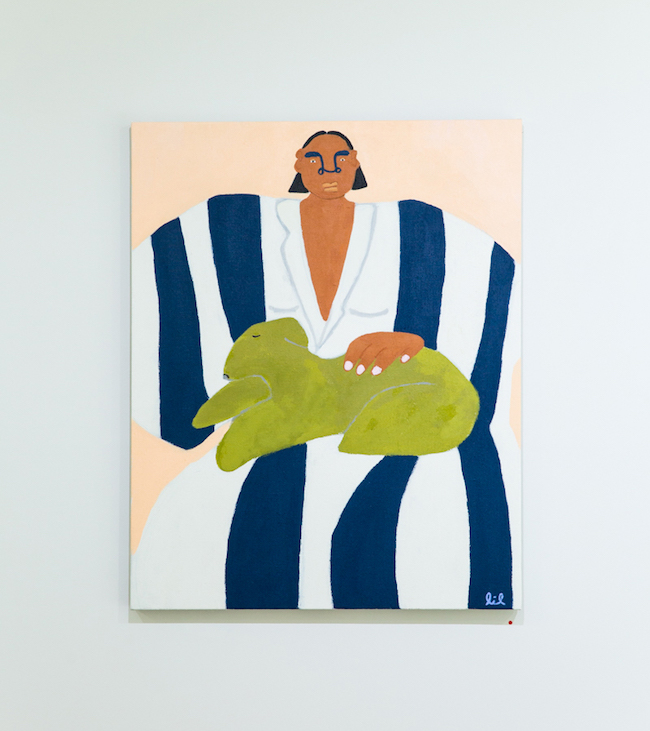
――You mentioned that you started painting four years ago. Did you teach yourself how to paint?
Lilian: “I just taught myself. I was actually really scared just to start painting. I don’t know why but it was terrifying to me. And I started doing it and it was just so fun, made me feel so good. I feel like I do it because it makes me happier.”
――I love how you paint women with a small head and large body. I feel so much power but also at the same time, they are so tender. They are so bold and there is so much light in it. What would you like to express through your painting?
Lilian: “I feel like that’s exactly it. I want them look strong but soft. I feel like the shoulder kind of like portrays to me like strength. And then I feel like having the head smaller, they look really beautiful like that, but also kind of like desexualizes them. They just exist in this really peaceful place, you know? I feel like color is also really important to me to find the perfect color combination that feels right to me. The colors also are very strong, but they are soft. There is something soft about them and calming about them even though they are bold.”
――What inspires you to paint women of color?
Lilian: “It’s weird because when I started painting, it wasn’t like, ‘oh I’m only going to paint brown bodies or women of color.’ I just did it. It would just sort of naturally happen. As I started to make more work, then I started really to think about it, like ‘why am I making this kind of work?’ I think it’s because I wanted to see women of color represented in really positive light and in an interesting way. So I feel like these women aren’t necessarily Mexican, they can be any nationality or mixed. I think they are just non-white women, you know? But I want all women obviously to be able to see their strength and their beauty mirrored in the images.”
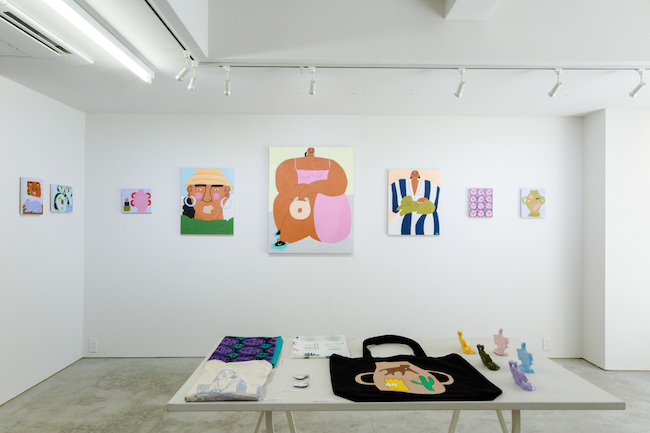
――Why did you name this show “Rosa Mariposa”? Does it mean pink butterfly?
Lilian: “Well, actually, I was thinking ‘Rosa’ like a rose, but it can mean both. And actually I was like, oh that’s really cool that how people interpreted as pink butterfly instead of rose butterfly. It just sounded playful and fun. I was like, ‘should I name it this? Is this too playful?’ But then when I started making the work for the show, there was a huge migration of butterflies coming through California from Mexico. So we would drive down the highway from my studio, and then you would see them flying. And it was just so strange to see them in a city setting, so many of them. I think it happens every year, but this year was extra, there were more because of all the rain that happened and there were more flowers. So I think they were more present. And then also, I was listening to Princess Nokia a lot while I was making the work, and there is a song called ‘Biohazard Butterfly.’ It’s all about butterflies in this polluted city, and it just made sense. I was like ‘ok, I’ll just name it this’ [laughs] It fits.”
――Who are some of the artists you are inspired by or look up to?
Lilian: “I really like Matisse, like the joy in his work and the palette. And I really like Henry Moore. He’s an English sculptor who made a lot of large-scale sculpture of female body, and they are all a little bit abstracted which I really like. But I feel like over all, I’m really inspired more by architecture, like seeing the details and colors in architecture. Even here, just walking around in Tokyo and seeing different colors of the buildings and the shapes, I feel like that’s really inspiring. I get inspired by sort of like everyday things that you see.”
――What would you like to try in the future?
Lilian: “I would like to make large-scale outdoor installation. I would love to do furniture and animation.”
――I think through this show you have more fans in Japan now. What would you like them to feel when see your work?
Lilian: “Just feeling good and energized and inspired. There was a guy met and he was like ‘it gives me power!’ That was so nice! That’s exactly how I want them to feel, like a connection, you know? To speak to them without using language or words, just to make that connection with them.”
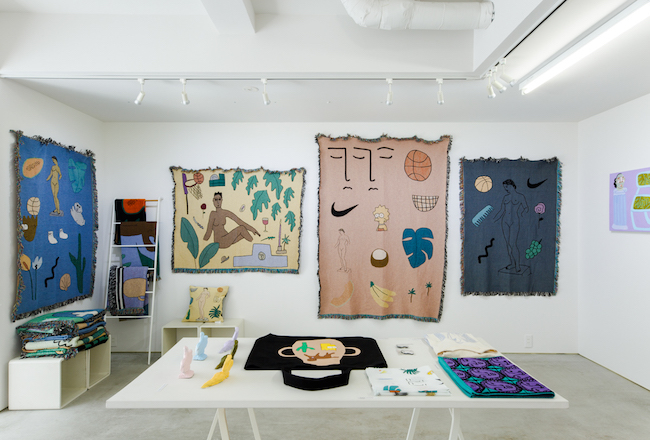
photography Shiori Ikeno(portrait)Keisuke Tanigawa(still)
text Nao Machida
edit Ryoko Kuwahara

